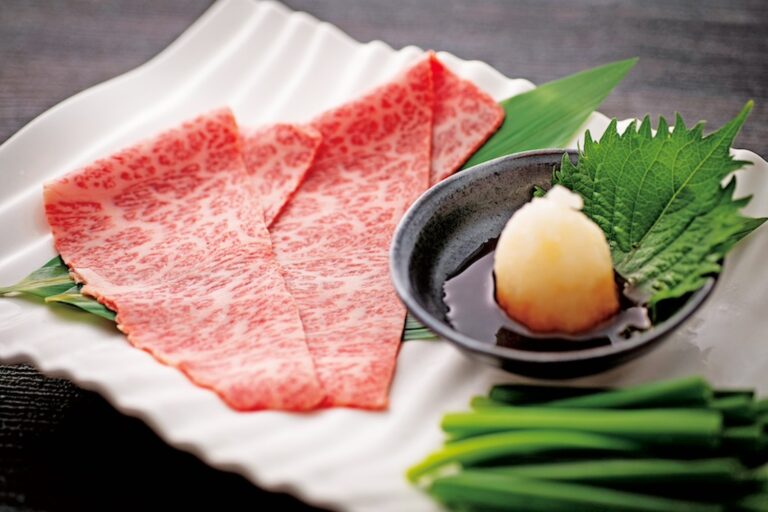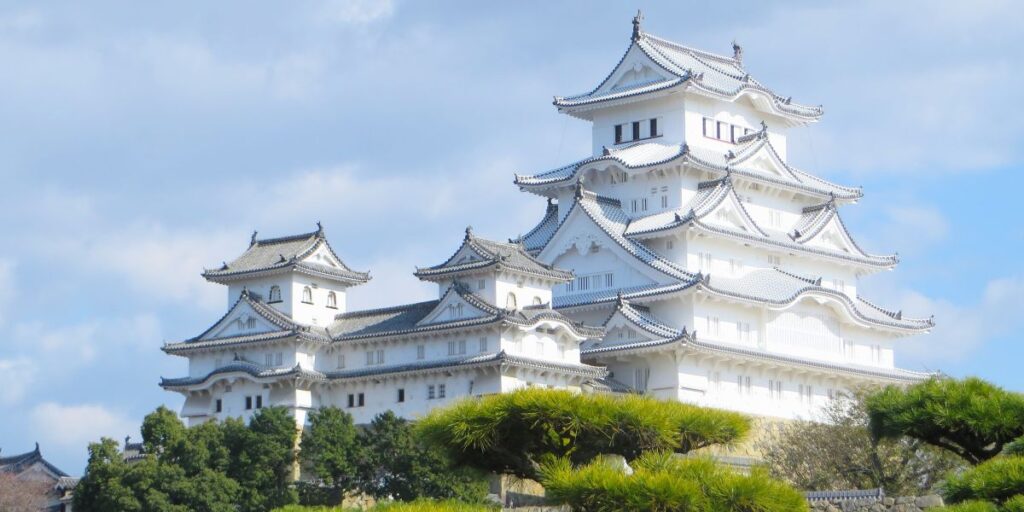
Himeji jo visited by tourists from all over the world. It is also called the White Heron Castle because the castle tower looked as if the White Heron were fluttering. We will introduce many legends and highlights that remain in the famous castle, which is a national treasure of Japan and also a world cultural heritage!
The location of Himeji jo, also known as a film and drama location?
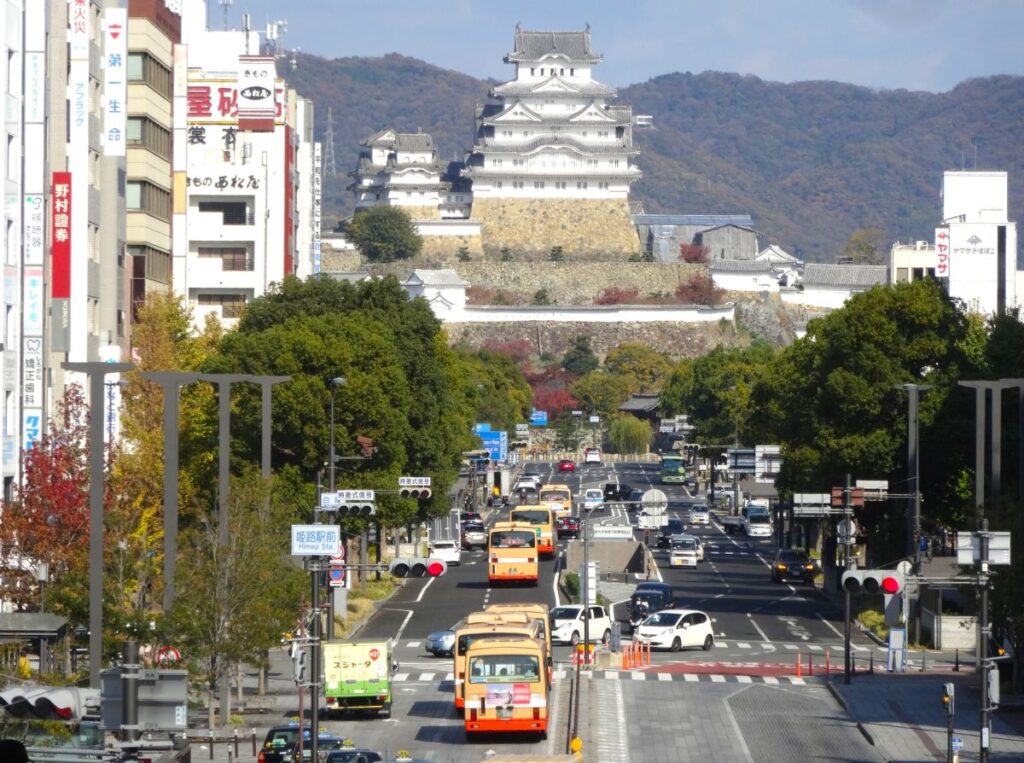
Himeji jo, which is a symbol of Himeji City, Hyōgo Prefecture, and also appears as a location for movies and dramas. In fact, it is also a perfect sightseeing castle with excellent access from the station.
The starting point is JR Himeji Station. When you get off the station, the main street, Otemae Street, which goes to Himeji jo, spreads out. It is about 20 minutes walk to the castle. Let's walk leisurely while looking at the castle tower that you see right in front of. There is also a shop where you can enjoy local gourmet on the street, which is perfect for walking.
It is also convenient to take a bus from the station. In that case, take the Shinki bus from the north exit of Himeji Station and get off at "Himeji jo Otemonmae (Nishi or Higashi homen)". The bus ride time is about 5 minutes, so you can quickly access it.
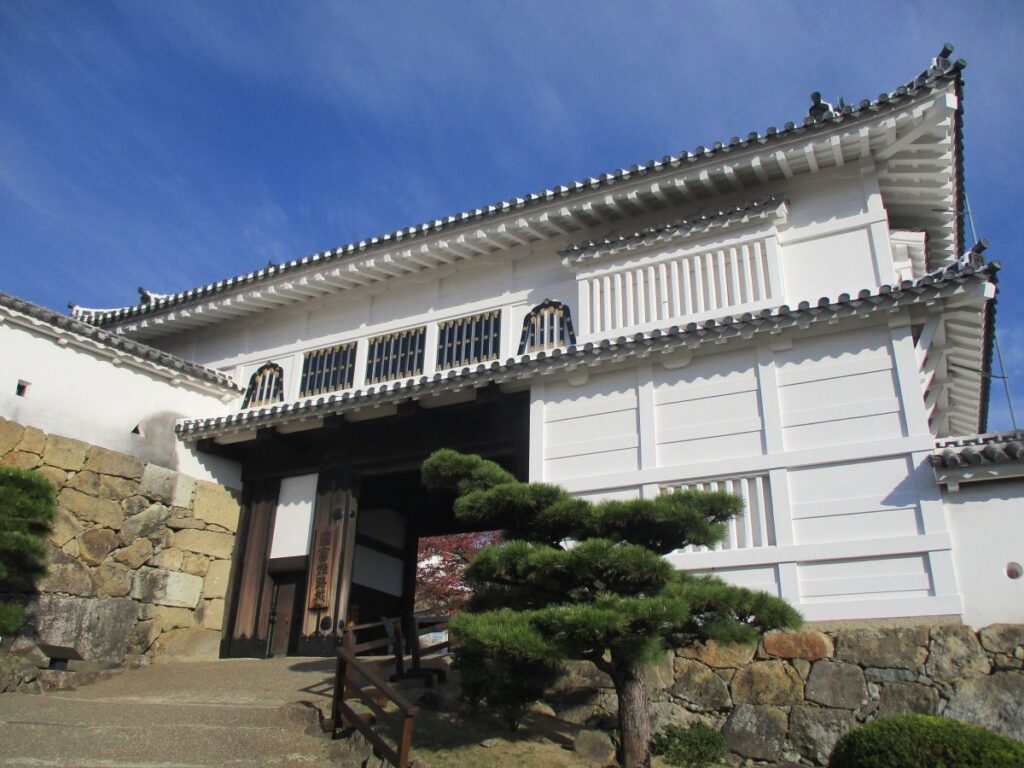
Enter the entrance gate and first go to the "Hishi no Mon", the largest gate in the castle. Let's take a closer look at the history.
What kind of castle is Himeji jo? Check out points not to be missed
It was at the beginning of the Edo period that Himeji jo became what it is today. At first it was a small-scale castle called Dejō, but in 1581 Hideyoshi built a three-tiered castle tower, and in 1609, Ikeda Terumasa demolished Hideyoshi's castle tower to build up the coalition-style castle tower that now remains. Himeji jo, which has eight national treasures including the Great Tenshu, was highly regarded as a representative of castle architecture in the early 17th century, and became the first world cultural heritage in Japan together with Horyuji in 1993.
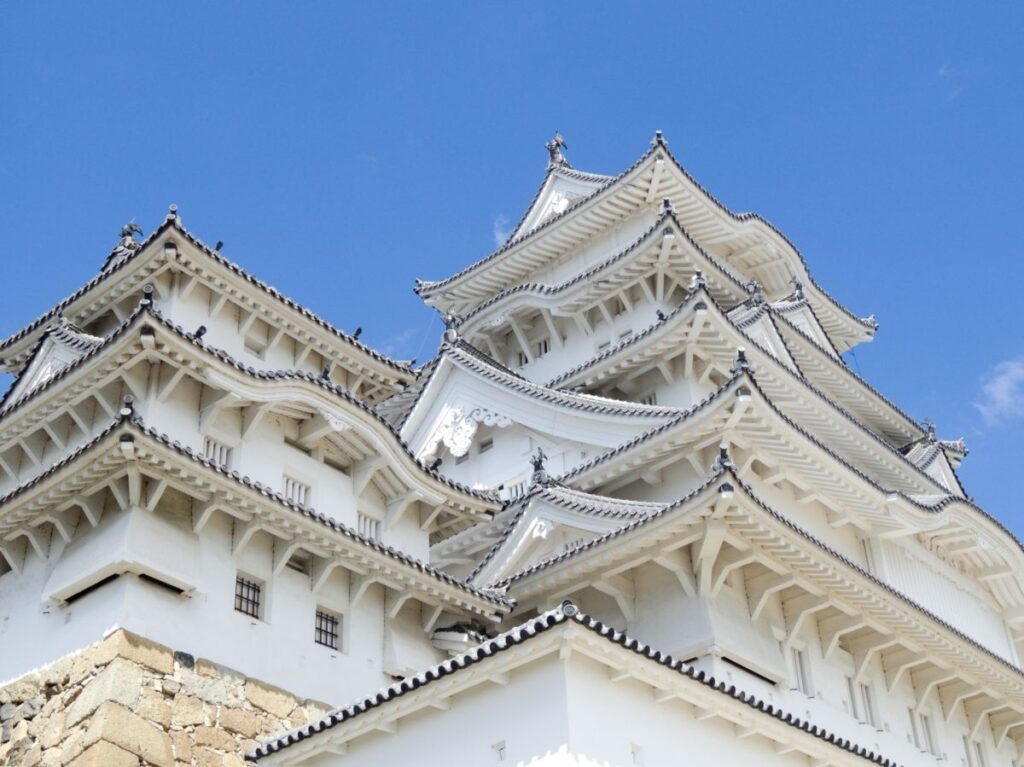
Himeji jo, which is said to be a masterpiece of Japanese castle architecture. It is sometimes referred to by the name of the white heron castle due to the spread of beautiful white walls due to the white stucco structure, which is painted with white stucco not only on the outer walls but also between the roof tiles. There is also a history in which black netting was put on in the Second World War to avoid being targeted by enemy aircraft because it shines too white.
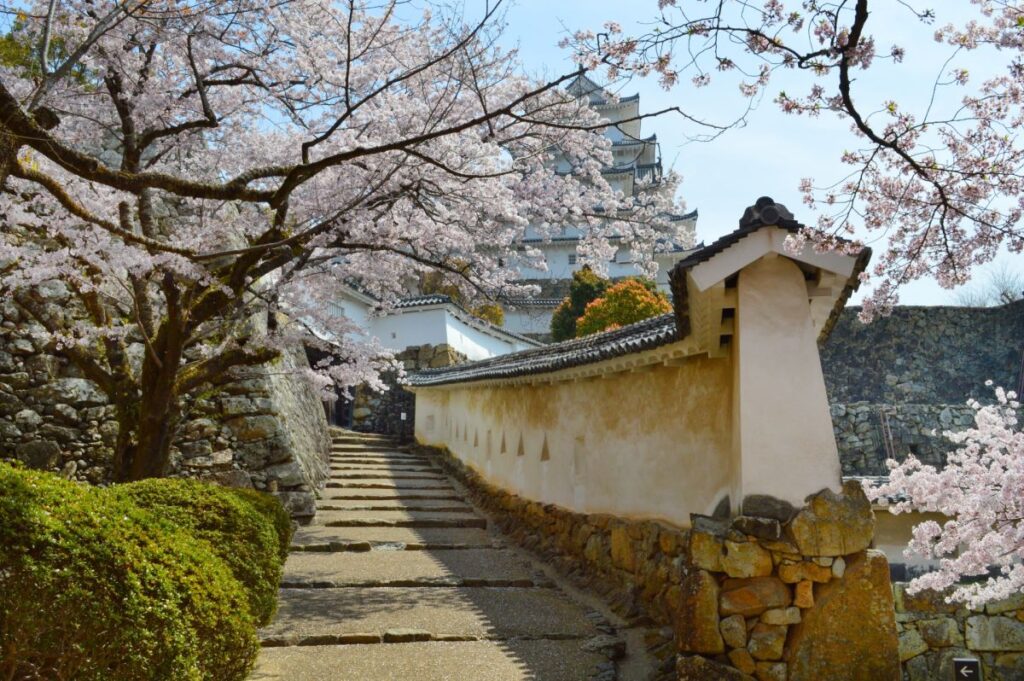
The long slope that leads to "Ha no Mon", which is designated as a national important cultural property, is known as "shogunzaka" because it appeared in the TV drama "Abarenbo Shogun". Looking up at the castle from under the slope, it was almost as if the castle tower was just around the corner, which had the effect of keeping the enemy off guard.
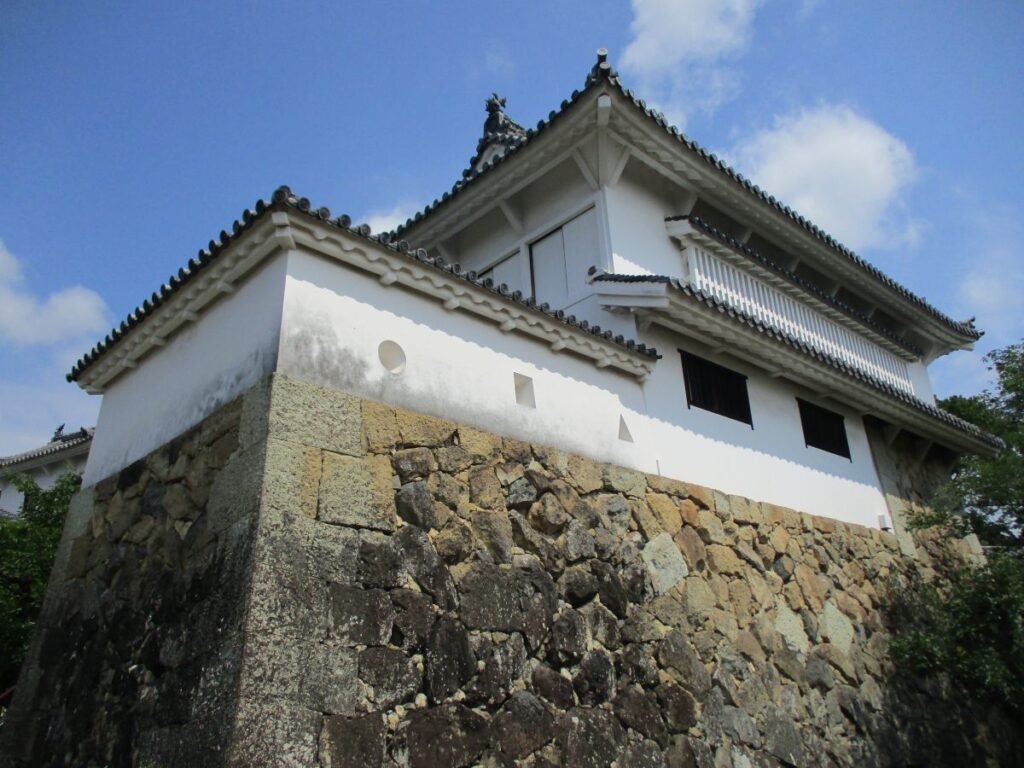
In Nishinomaru, there is a "kesho yagura" set up by Senhime, the wife of Honda Tadamasa, who became the first feudal lord of Himeji Domain in Harima Province, and "Nishinomaru Nagatsubone (Hyakken Rouka)", which had handmaids who served Senhime.
In fact, the turbulent history of the "unsafe and unburnt castle" that was also in the air raid
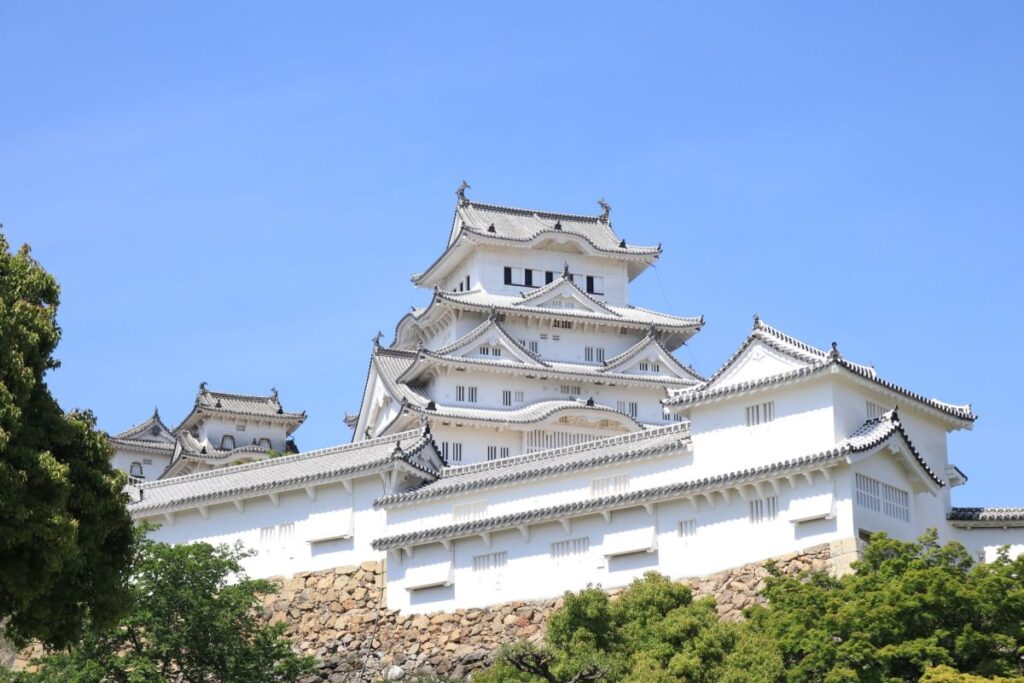
Himeji Castle is known as the "Warrant and Unburnt Castle", which never got caught up in the war; but its history has never been a flat road.
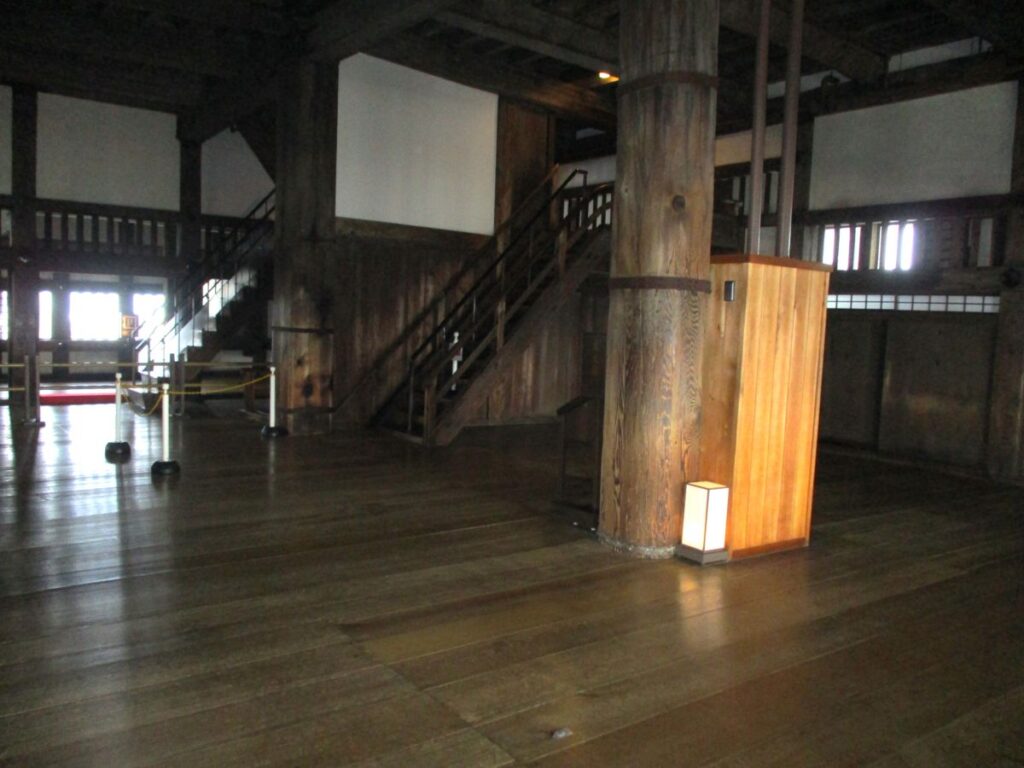
It is said that repair work was often carried out, and there were 19 times in the Edo period, only reinforcing repairs on the axis of the Daitenshu. In the Meiji Restoration, the Army would demolish the buildings around the castle to make them barracks and training grounds, and the buildings left behind, such as the castle tower, would be desolate from not being protected. A voice to the situation was an Army colonel who submitted a written opinion that said, "We should be permanently preserved as early as one day at the expense of the Army," leading to an annual repair fee. However, due to the small amount of payment, the decay of Himeji jo progressed. In the wake of a passionate preservation exercise by Himeji citizens who had a sense of crisis, the Diet finally led to the movement of "Meiji's Great Repair".
In World War II, the city of Himeji was also hit by air raids. There was also a theory that the American troops were not attacked because they did not recognize Himeji jo as a built-up area, but in fact, Rojo Junior High School, which was located at Sannomaru Nishitakadai (Senhime Bontanen), was burned down, and two firebombs were also dropped on Nishinomaru.
And, in fact, we know that the Daitenshu was also dropped with incendiary bombs, but this bullet was an unexploded bomb, and Daitenshu was not damaged because it was handled safely the morning after the air raid, and there is today's Himeji jo.
Not just beauty! Himeji jo's battle measures that combine practicality
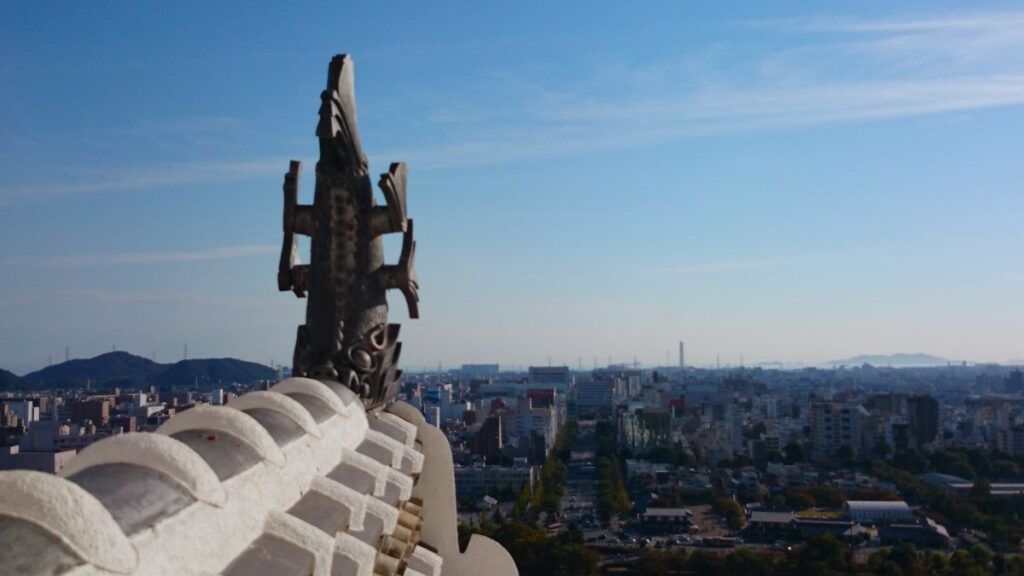
Himeji jo, which has carved a history of eventfulness. Beauty is not the only reason why it is called great castle. It has various gimmicks as a base for defense, and in the Edo period it was active as a "Saigoku no Osae".
Dai Tenshu, which boasts a harmonious beauty, has seven stories with one basement floor and six floors above the ground. It is the largest of all existing castle towers in Japan. It is a must not only to see the whole from the outside, but also to see the view from the top floor.
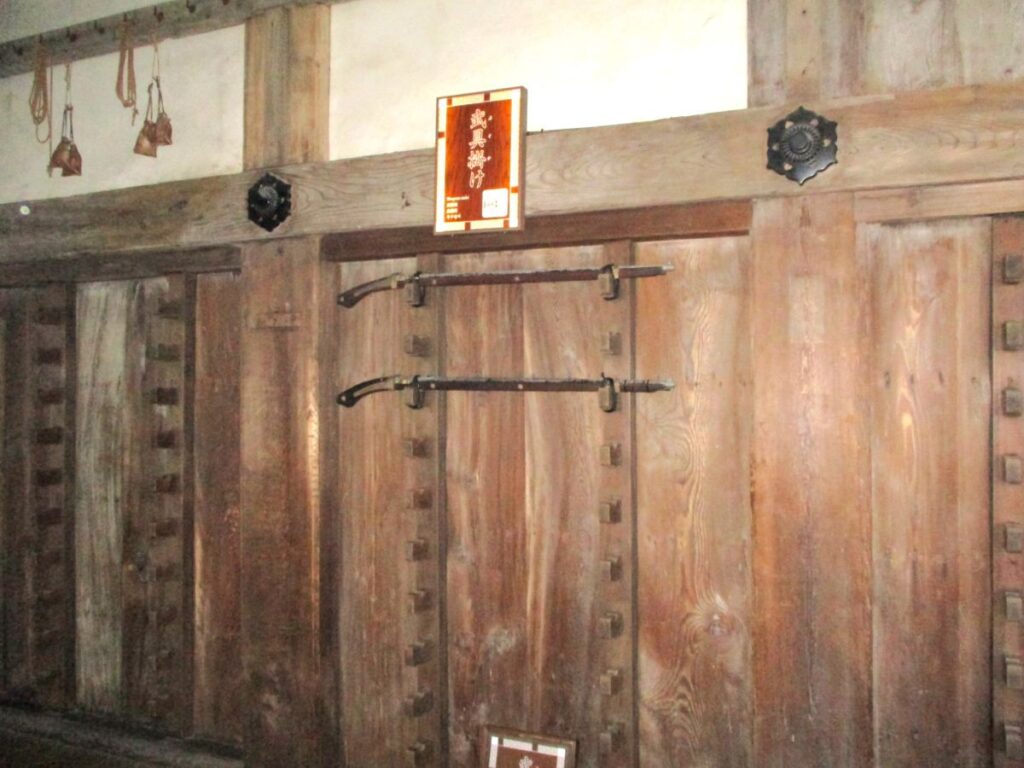
If you turn to the inside of the castle tower, there is an armchair that holds guns, spears and so on, and you can see through the former inner situation that was always prepared for battle.
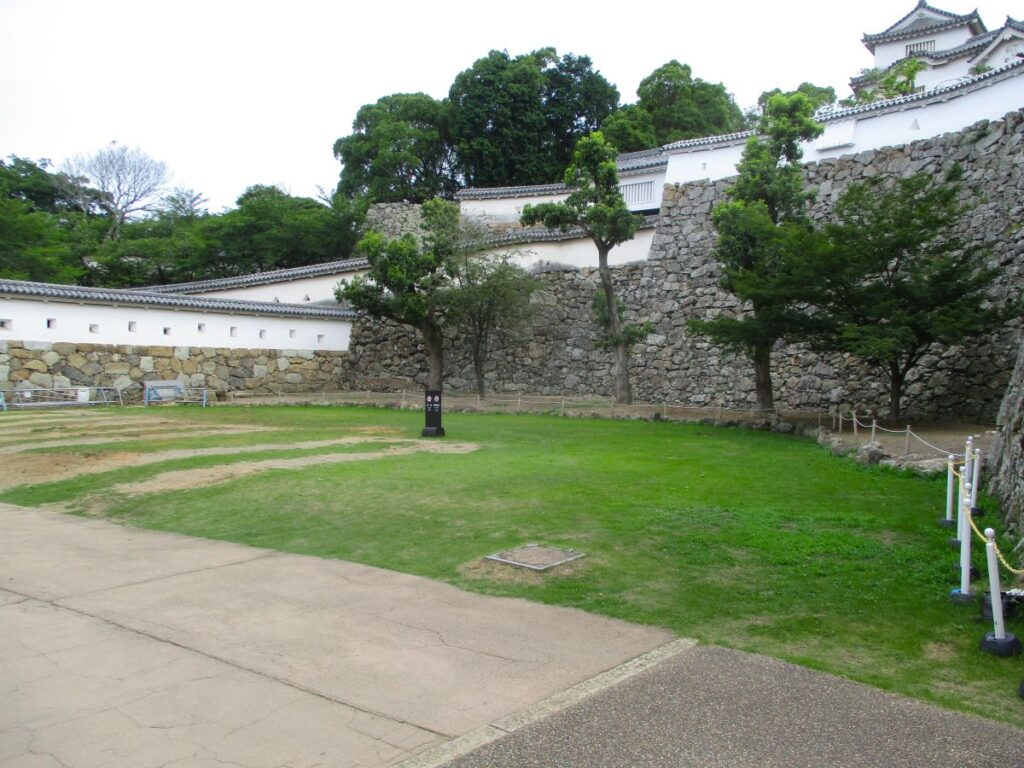
One of the great shooting spots, the "Ninomaru" was also a defensive wall in which many gates and towers were arranged and were excellent at preventing enemy penetration. If the enemy was invading, they would drive them into narrow paths and convoluted places, and they would take them to a battle in their favor.
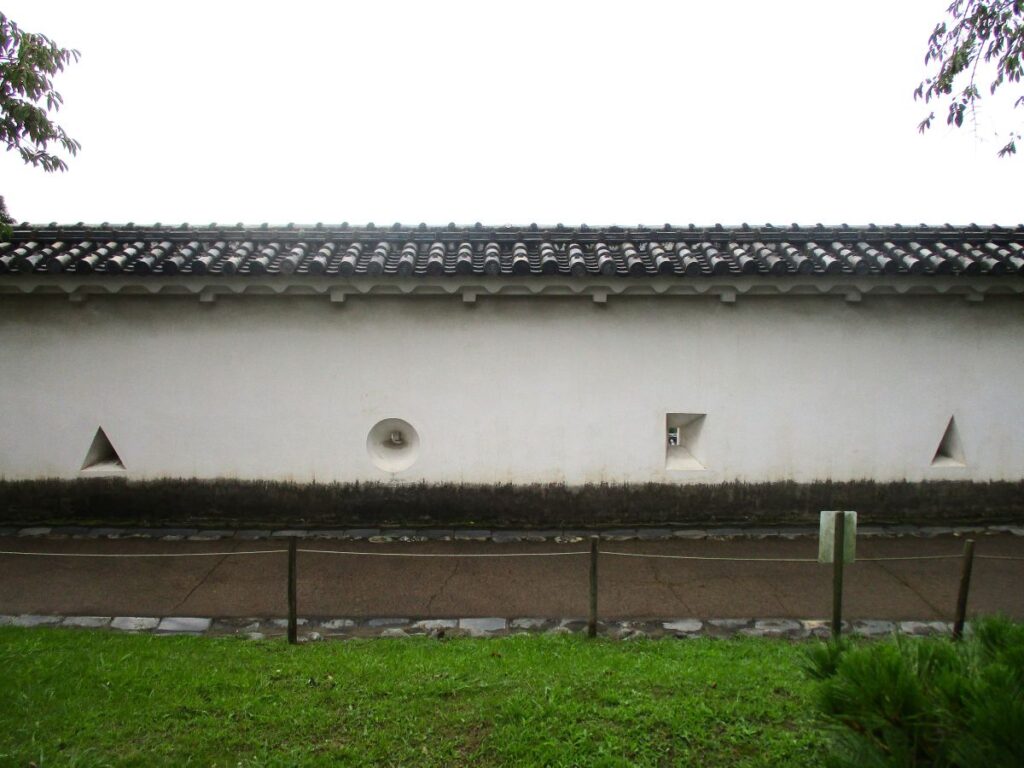
Round, triangular, and square holes drilled into the earthen fence. This is not an ornament or anything like that, but a narrowing opened to let an arrow or a gun out. It was making it possible to attack from the blind spot of the enemy, while defending himself. Nearly 1000 remaining in the castle represents that Himeji jo was a military facility built with thoughts of defense as well.
That famous ghost story "Banshu Sarayashiki" also! See also many legends about Himeji jo
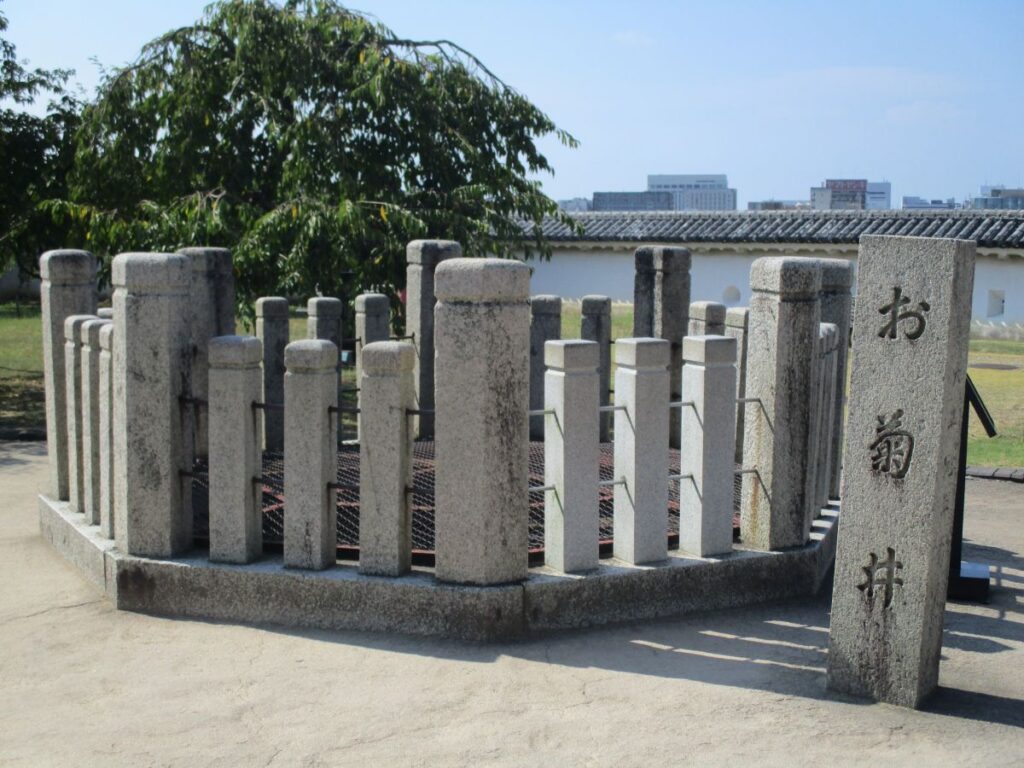
In fact, there are various legends left in Himeji jo, and this time, we will introduce some of them with excerpts.
"One, two, three..." Sad voices that echo from the well, count the plates... "Okiku Ido" is said to be a well that appears in the famous ghost story "Banshu Sarayashiki".
In the late Muromachi period, a woman named Okiku is sent in as a chambermaid to prevent the takeover of the castle, but it fails to gasp. She continues to send information to her friend who managed to escape, but is exposed to enemy's vassal, Chonotsubo Danshiro. Danshiro, who had been favoring Okiku, presses for marriage on the condition that she misses, but she does not nod. Having boiled down his business, Danshiro hides one of the ten dishes of heirloom that Ogiku had kept, slurries his sins, cuts them to death, and then throws them into the old well. Then, when I approached the well in the middle of the night, I heard the sad voice of a woman counting dishes.
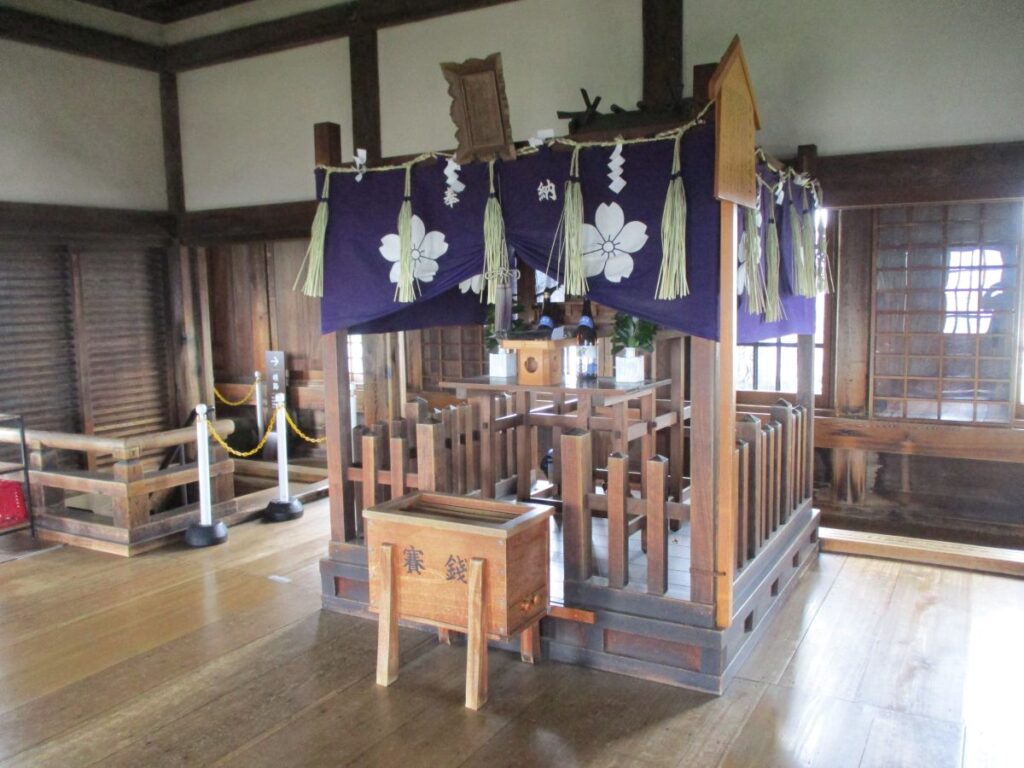
On the top floor of Tenshukaku there is Osakabe Jinja with a connection to Miyamoto Musashi.
During the Azuchi-Momoyama period, Musashi, who used to use a false name in Himeji to become an Ashigaru magistrate, was ordered to exterminate a yōkai rumored to appear in the castle in the middle of the night, and climbed the Tengengaku. Then, his feet began to shake along with a tremendous flame and roar, but when Musashi put his hand on his waist tachi, the alien change quickly subsided. While repeating such a phenomenon, Musashi climbs up the castle tower, and when he serves his turn until dawn safely, a beautiful princess who calls herself Osakabe Myojin appears. The princess says that the yōkai was afraid of Musashi and left, and she placed a famous sword to thank him and disappeared.
If you tour after knowing the legend about Himeji jo, you may find a charm that you did not know.
Take advantage of a dedicated app to learn while having fun
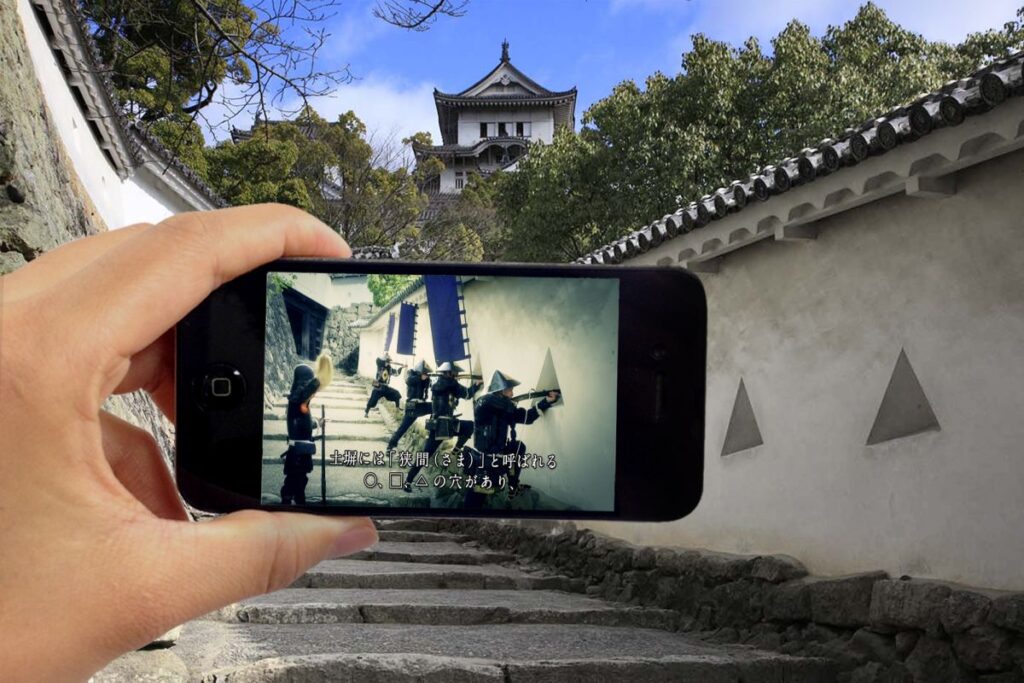
In recent years, useful services such as using AR (augmented reality) and VR (full CG) to introduce the highlights are being carried out in castles here and there. Himeji jo is one of them. If you take advantage of the exclusive application "Himeji jo Daihakken App", you can experience it as if you are watching a museum exhibit. You can see the 3D restoration of Mukoyashiki and Goten, which is no longer extant now, and you can watch videos of soldiers attacking from a narrow area, so you can learn about Himeji jo in a deep, fun, and fun.
It supports both iOS and Android, so be sure to download it before you leave. Hold your phone or tablet over the AR point in the castle and get closer to Himeji jo.
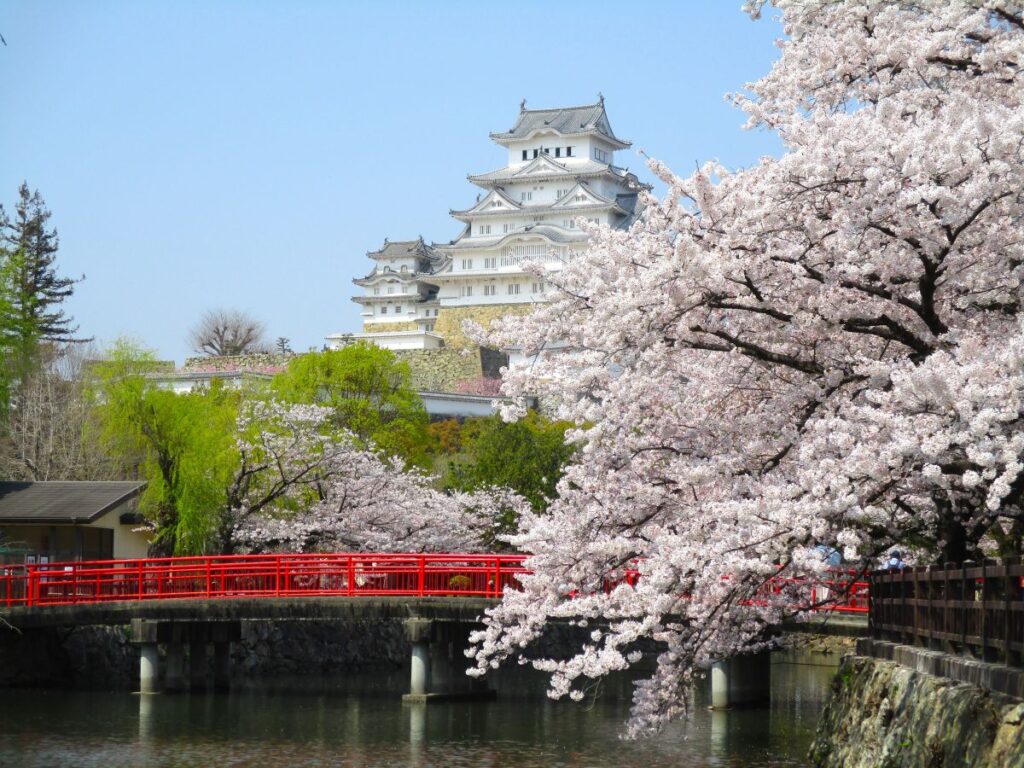
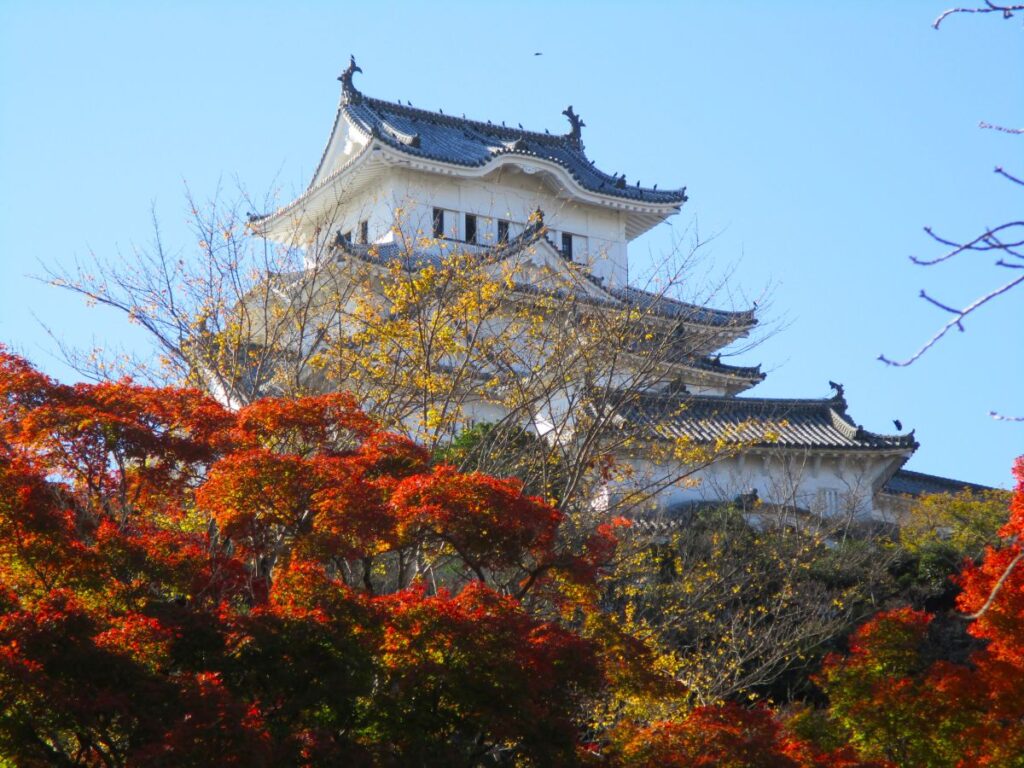
In the spring, the contrast between the light peach-colored cherry blossoms and the pure white city walls is beautiful, and in the summer, Himeji jo, which is blessed with fresh greenery, and in the fall, changes its appearance depending on the foliage and season.
■Himeji jo
Address: 68 Honmachi, Himeji City, Hyogo Prefecture
TEL:079-285-1146
Opening hours: 9 to 17 o'clock (16 o'clock for final entry)
Closed: None
Price: 1000 yen for adults (18 years old and over), 300 yen for children (elementary school, junior high school, high school student)
- This article is created based on the contents of "Rurubu Information Edition" or "Rurubu & more." "Rurubu +".
- The data listed are as of March 2025. Prices, business hours, regular holidays, menus, etc. may change or may not be available due to temporary holidays. Please check in advance when using it, as the content may change.
- The holiday of stores and facilities omits the year-end holiday, Obon holiday, Golden Week, and temporary holidays in principle.
- The published fees are in principle the fee including consumption tax that we have confirmed at the time of the interview, and the entrance fee is the adult fee if there is no special mention.
- In principle, the published times are open (hall) to closed (hall). Please note that the last order or entrance (hall) time is 30 minutes to 1 hour before the normal closing (hall) time. The last order is denoted LO.
- For the spring quality and efficacy of the hot springs listed, manuscripts are prepared based on answers from each facility.

